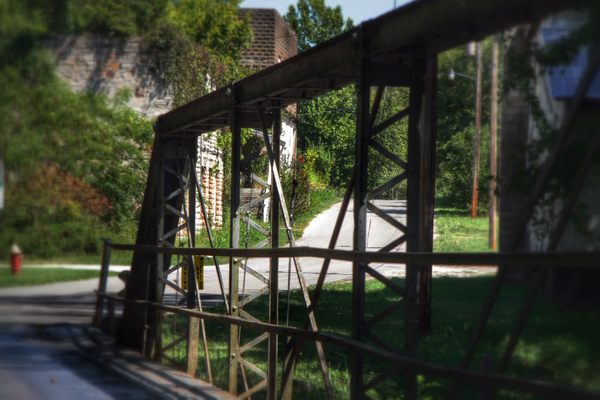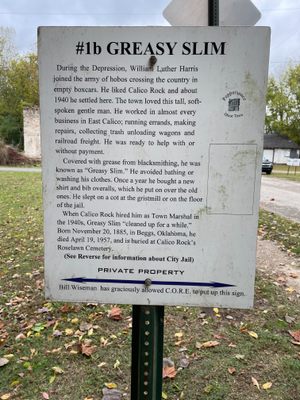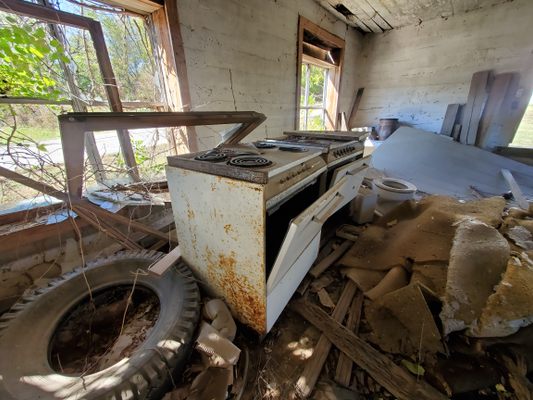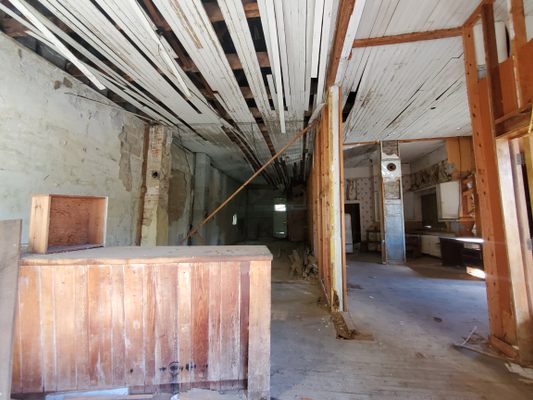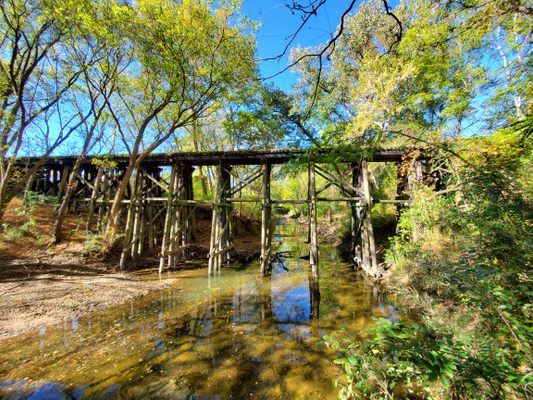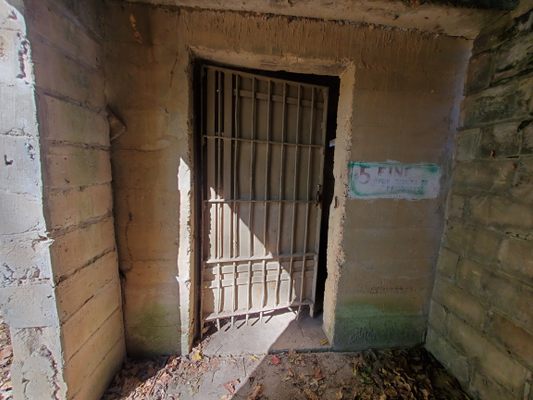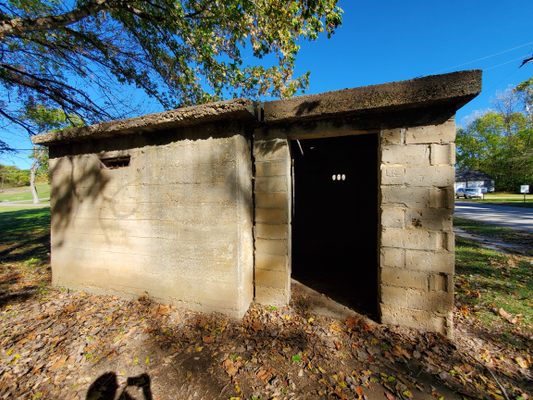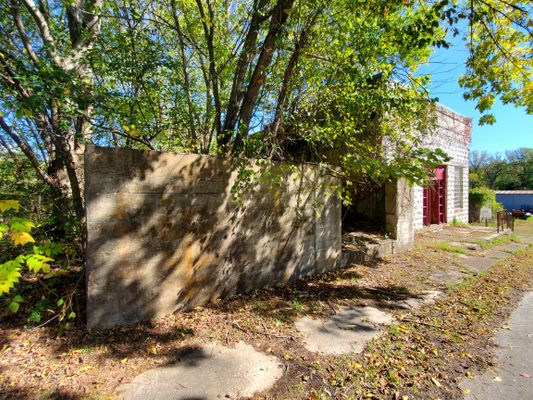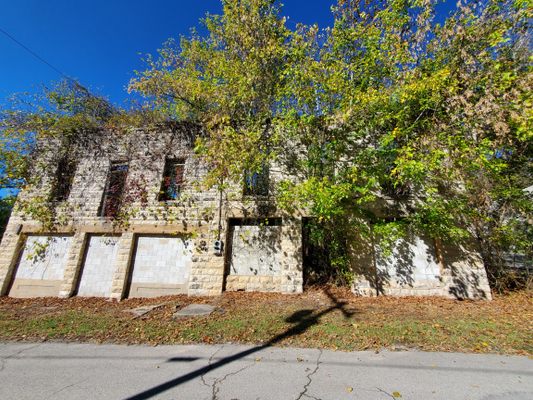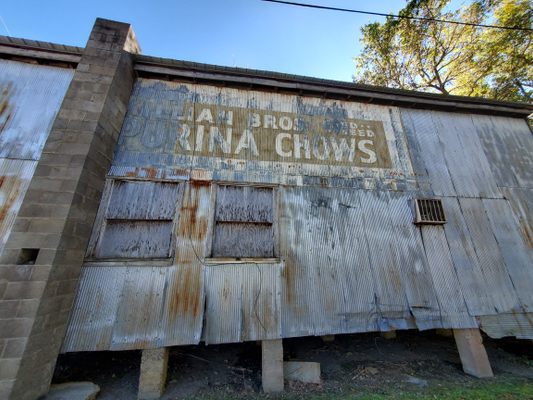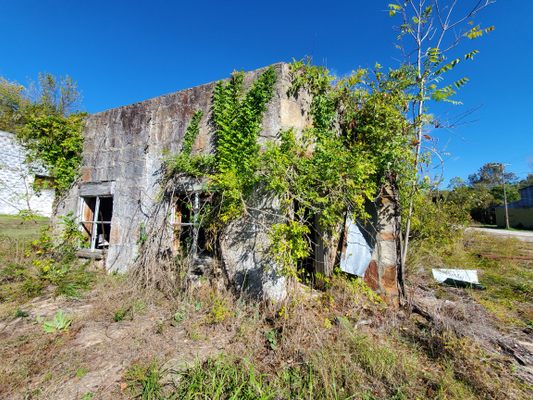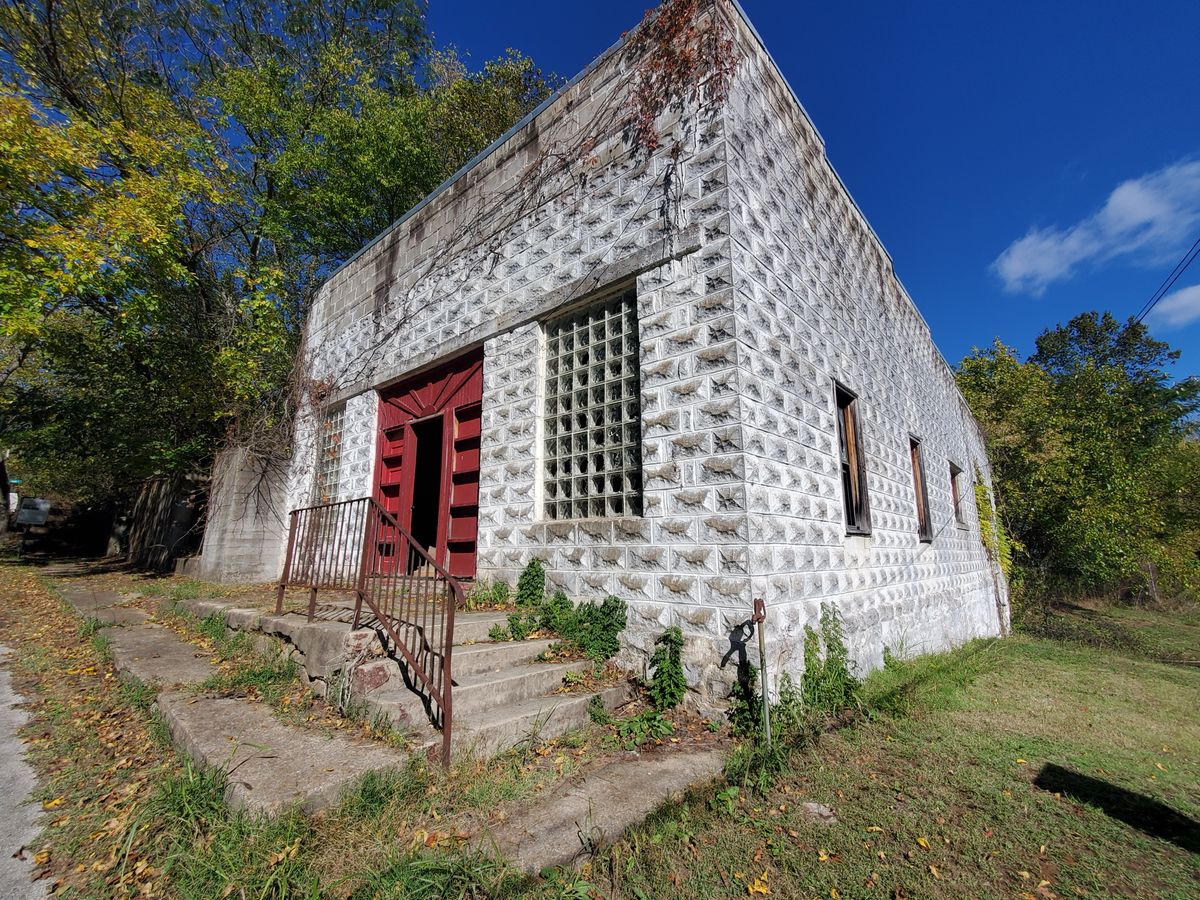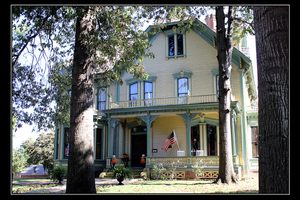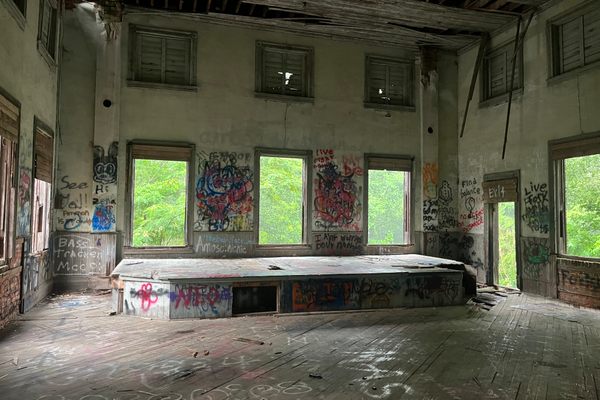About
Like many nascent 1800s settlements, East Calico (the original and oldest portion of what is now Calico Rock) started as a trading post for French traders and trappers traveling the White River.
Numerous taverns appeared to cater to the transient population, and the place became home to various thieves, vagabonds, and other troublemakers indulging in prostitution, brawling, knife and gun fights, and generous quantities of the local moonshine, known as "Peppersauce".
By the 1890s, homes had begun to appear along the bluffs, and a community started to form. However, the heart of the settlement continued to be the taverns and the roustabouts they served, making the town a bit intimidating for regular folks. Once news spread of a plan to build a rail line through East Calico, law-abiding citizens -- encouraged by the prosperity the train traffic promised -- ran the taverns and their patrons out of town.
Once the train started making regular stops in 1903, the town was well established as a rail and river trade hub, particularly in zinc, timber, and cotton. Homes and businesses sprang up and the economy thrived -- but it would be short-lived. Cotton was replaced by cattle; over-foresting silenced the timber mills; high-tension power lines shut down the local electric plant. By the time the 1960s rolled around, the train no longer stopped in Calico Rock, and what municipal life remained was found west of Calico Creek, away from the stores, craft shops, and notorious "Peppersauce Alley" of the town's heyday. However, some 20 buildings from the once-bustling town yet remain -- empty and abandoned, some partially collapsed, some grown over, but still standing within the city limits of Calico Rock. The rest of the city has moved on, but East Calico still contains the old town jail, the defunct cotton gin, the empty funeral parlor, the empty lumberyard, electric plant, and telephone exchange, and all the other institutions that once formed the beating heart of this erstwhile river port.
Related Tags
Know Before You Go
Go to Calico Rock, Arkansas and follow the signs. A brochure for a historic walking tour of Calico Rock — including the ghost town — can be found in the Official Websites. All of the abandoned buildings are privately owned and trespassing is strictly prohibited, but all except two of the 20 remaining buildings can be seen from the street.
Community Contributors
Added By
Published
May 10, 2016







